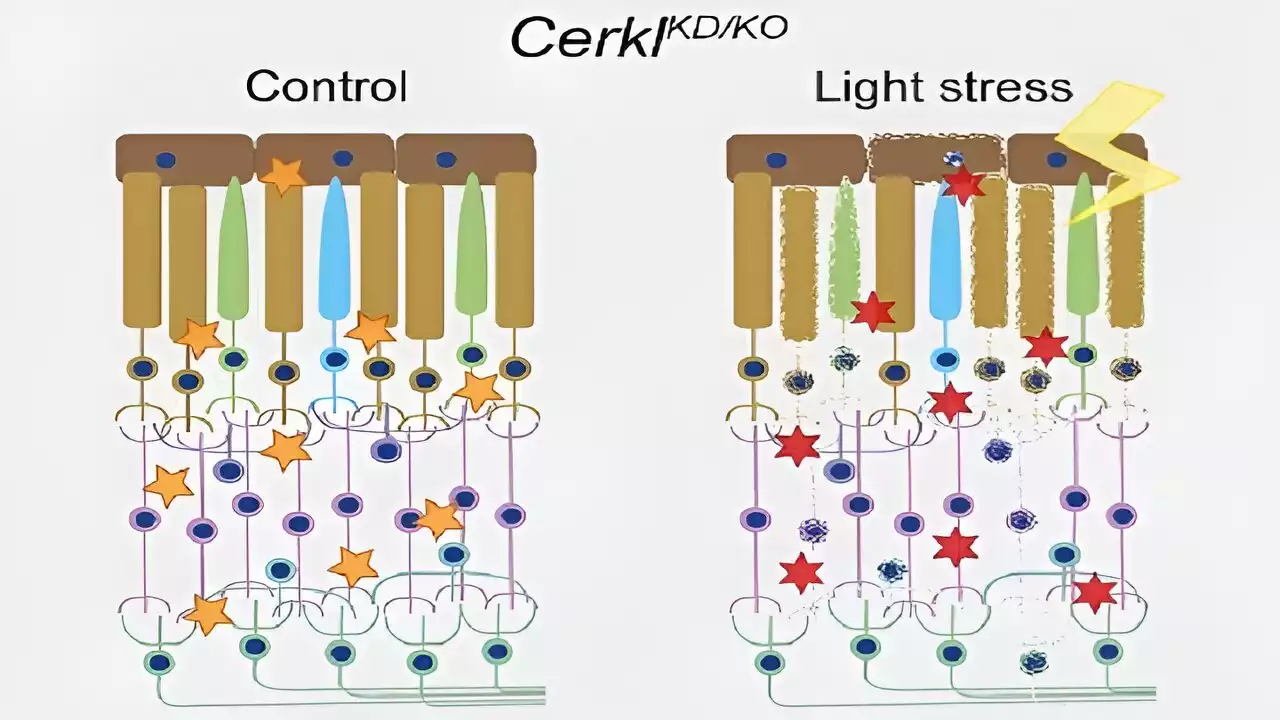One promising approach to treating Type 1 diabetes is implanting pancreatic islet cells that can produce insulin when needed, which can free patients from giving themselves frequent insulin injections.
Reviewed by Lily Ramsey, LLMSep 19 2023 However, one major obstacle to this approach is that once the cells are implanted, they eventually run out of oxygen and stop producing insulin.
While the researchers' main focus is on diabetes treatment, they say that this kind of device could also be adapted to treat other diseases that require repeated delivery of therapeutic proteins. Daniel Anderson, Study Senior Author and Professor, Department of Chemical Engineering, Massachusetts Institute of Technology
Related StoriesSome experimental devices, including one that has been tested in clinical trials, feature an oxygen chamber that can supply the cells, but this chamber needs to be reloaded periodically. Other researchers have developed implants that include chemical reagents that can generate oxygen, but these also run out eventually.
The researchers found that mice implanted with the oxygen-generating device were able to maintain normal blood glucose levels, comparable to healthy animals. However, mice that received the nonoxygenated device became hyperglycemic within about two weeks.
United Kingdom Latest News, United Kingdom Headlines
Similar News:You can also read news stories similar to this one that we have collected from other news sources.
 Uniink: A new 3D bioprinted cell therapy approach for Type 1 diabetesJavier Ramón Azcón, an ICREA research professor and the leader of the Biosensors for Bioengineering group at the Institute for Bioengineering of Catalonia (IBEC), has been granted an 'ERC Proof of Concept Grant.'
Uniink: A new 3D bioprinted cell therapy approach for Type 1 diabetesJavier Ramón Azcón, an ICREA research professor and the leader of the Biosensors for Bioengineering group at the Institute for Bioengineering of Catalonia (IBEC), has been granted an 'ERC Proof of Concept Grant.'
Read more »
 One-year-old died of apparent fentanyl overdose in New York City nurseryThree other children were revived after medics gave them the overdose-reversing drug Narcan, authorities said.
One-year-old died of apparent fentanyl overdose in New York City nurseryThree other children were revived after medics gave them the overdose-reversing drug Narcan, authorities said.
Read more »
 'We bought a blank new build for £375k and gave it a new lease of life'Kate Ward, 39, and her husband injected colour into their 'white-walled' home and gave the garden a grand makeover
'We bought a blank new build for £375k and gave it a new lease of life'Kate Ward, 39, and her husband injected colour into their 'white-walled' home and gave the garden a grand makeover
Read more »
 Researchers find new mechanisms that cause blindness and open the door to new treatmentsThere are still many enigmas about the mechanism of action of the CERKL gene, which causes retinitis pigmentosa and other hereditary vision diseases. Now, a team from the University of Barcelona has described how the lack of the CERKL gene alters the ability of retinal cells to fight oxidative stress generated by light and triggers cell death mechanisms that cause blindness.
Researchers find new mechanisms that cause blindness and open the door to new treatmentsThere are still many enigmas about the mechanism of action of the CERKL gene, which causes retinitis pigmentosa and other hereditary vision diseases. Now, a team from the University of Barcelona has described how the lack of the CERKL gene alters the ability of retinal cells to fight oxidative stress generated by light and triggers cell death mechanisms that cause blindness.
Read more »
 This Type Of Therapy May Help Postpartum DepressionThis surprising twist on traditional therapy might be the key to helping parents' mental health following birth.
This Type Of Therapy May Help Postpartum DepressionThis surprising twist on traditional therapy might be the key to helping parents' mental health following birth.
Read more »
 Human Papilloma Virus (HPV) PCR Detection Kit for identification of type 16 and 18 of HPVThis product profile explores the features and applications of Tianlong’s HPV PCR Detection Kit.
Human Papilloma Virus (HPV) PCR Detection Kit for identification of type 16 and 18 of HPVThis product profile explores the features and applications of Tianlong’s HPV PCR Detection Kit.
Read more »
